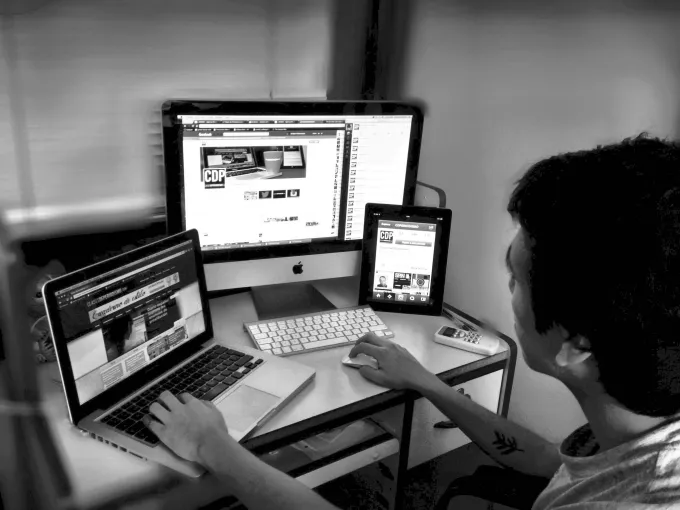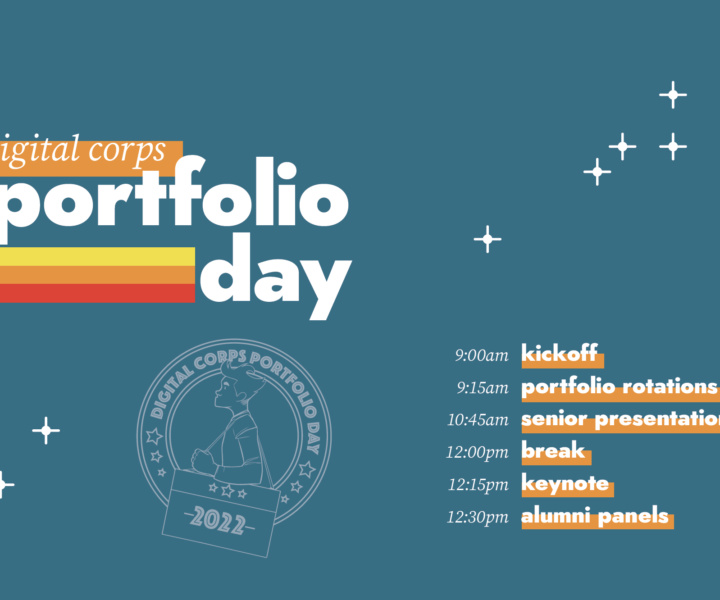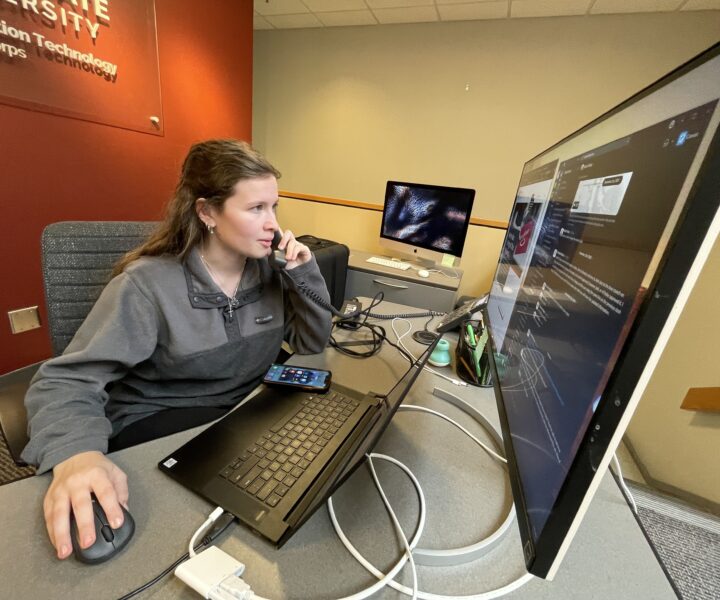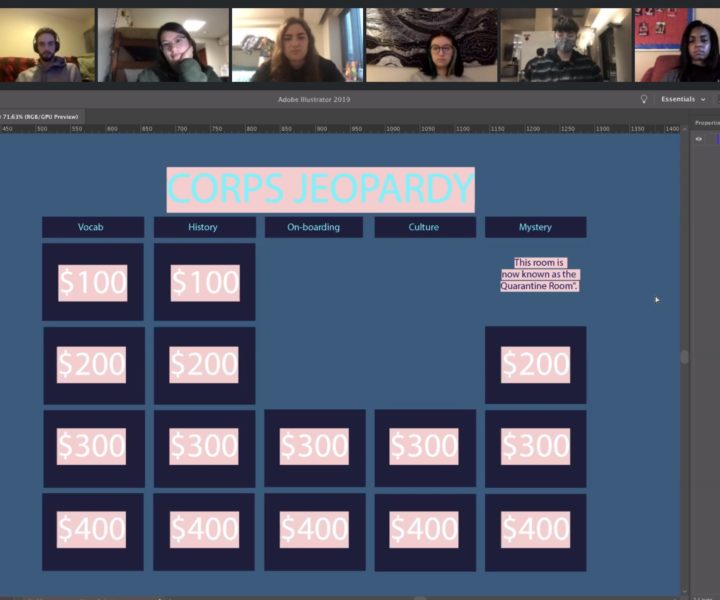Ethical communication in the digital era is quite a statement, but it’s important to understand what it means. We communicate through texts, videos, posts, and AI-generated content very quickly, but how do we ensure this communication is ethical?
To understand ethical communication in the digital era, it is important to understand what ethical communication is and what it should look like.
What is Ethical Communication?
Study.com and business strategist, Ken D. Foster, bring us basic ethical communication practices:
- Respect
- Honesty
- Fairness
- Clarity
- Transparency
Ethical communication is not lying, deception, or manipulation. Ethical communication is not the exclusion of groups and individuals based on what they do not know.
When practicing ethical communication, the person conveying the information takes on the role of being truthful, respectful, responsible, and ensuring the message is clear and accurate. Ethical communication will challenge and hold us accountable to make the right decisions when composing our work.
What is the Digital Era?
The digital era is the time we are currently living in. Society has access to technology like computers, phones, AI, the internet, and infinite information. These aspects are an integral part of our daily lives.
Riskconnect defines the digital age by:
- Information accessibility
- Connectivity
- Technological advancements
- Economic and social impacts
What is ethical communication in the digital era?
Ethical communication in the digital era is a concept that is relatively new. It encompasses the idea of sharing information and producing content online that is respectful, truthful, and follows the outline of constructive dialog. According to the Constructive Dialogue Institute, constructive dialog is a form of conversation where people with different perspectives seek to understand one another without abandoning their own beliefs to foster a helpful and productive work environment.
Role of AI in Ethical Communication
AI has become a fundamental part of society. Students and teachers use it in the classroom, and businesses use it to improve efficiency and reduce human error. There is no doubt AI has revolutionized how we receive and produce personalized content, but when does society toe the line of ethical use of AI?
The human connection cannot be replicated by AI, and it shouldn’t be. AI should be used as an enhancement to human creativity. Here’s how you can ethically practice utilizing AI:
- Disclose the use of AI when you use it.
- Follow AI guidelines when they are in place.
- Maintain your human authenticity. Don’t let AI do it all for you!
- Prioritize human oversight. Make sure you check your work.
As a college student, it is a privilege to have access to unparalleled knowledge in various ways. Therefore, whether you’re working on a project or utilizing AI for an assignment, it is important to communicate and do so ethically.

“When working with my team, flexibility is crucial. We do our best to control every element of a project, individually and as a group, but we can’t guarantee everything is going to go a certain way,” Luci Bluto, a Video Team Specialist at the Corps, explained. “Working to find a creative compromise is the most ethical communication for the project members and the product overall, but I’ve learned to be aware of when my ideas might not be needed and allow others the ability to communicate ideas that might work better!”
In the classroom, ethical communication can look like:
- Being true to your work.
- Refraining from the use of AI or copying content from other people.
- Having the human connection and your own identity shown through your work.
Outside of the classroom, ethical communication can look like:
- Having open and honest conversations when values or opinions do not align with someone else.
- Being understanding other people’s values by putting yourself in their shoes.
Ethical communication may seem like a full switch of the way information is shared across the digital world, but communication happens every day. Now, it’s just taking the extra step to be respectful, truthful, and authentic.




